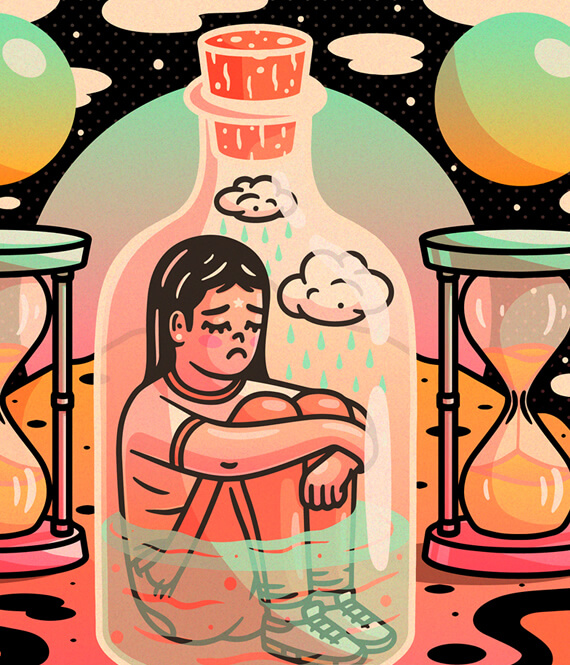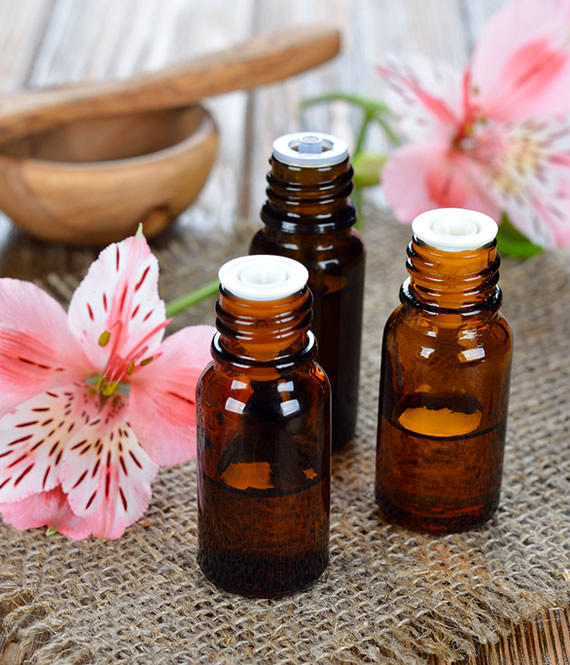
Insight Into The World Of Medical Cannabis: What We Know Today
We recommend helpful products in our articles. Read our full disclosure here. The content on this website is not intended to be a substitute for professional advice, diagnosis, or treatment.
In recent years, medical cannabis has emerged from the shadows of prohibition to offer new hope and treatment options for patients around the world.
This natural remedy, derived from the Cannabis sativa plant, contains compounds known as cannabinoids, the most prominent being THC (tetrahydrocannabinol) and CBD (cannabidiol).
These cannabinoids interact with the body’s endocannabinoid system, influencing various physiological processes.
As more countries embrace the medicinal properties of cannabis, there are essential aspects to consider for those exploring this alternative form of treatment.
Understanding Cannabinoids
Cannabinoids are chemical compounds found in cannabis plants.
THC is responsible for the psychoactive effects often associated with cannabis, while CBD is non-psychoactive and renowned for its potential therapeutic benefits.
Other cannabinoids, such as CBG (cannabigerol) and CBN (cannabinol), also contribute to the plant’s medicinal properties.
Different strains and products contain varying ratios of these cannabinoids, affecting the overall effects and potential medical applications.
Conditions Treated
Medical cannabis has shown promise in alleviating symptoms associated with numerous medical conditions.
Chronic pain, epilepsy, multiple sclerosis, cancer-related symptoms, and inflammatory disorders are among the conditions for which medical cannabis can be prescribed by professionals.
Research suggests its potential lies in managing anxiety, depression, and sleep disorders.
However, ongoing studies are essential to understanding its full scope of applications, and this is very important to understand.
It is also vital to point out that it won’t work for everyone, and not everyone will qualify for the use of medical cannabis.
Various Consumption Methods
Medical cannabis can be consumed in diverse ways.
Smoking and vaporizing may deliver rapid relief, while edibles, oils, tinctures, and topicals offer alternative consumption methods, allowing patients to choose what suits their preferences and medical needs best.
Each method affects onset time and duration differently, influencing the patient’s experience and therapeutic outcomes.
Legality and Regulations
The legal status of medical cannabis varies globally and even within regions of a country.
Some places have legalized medical cannabis with strict regulations, requiring patients to obtain a doctor’s prescription or recommendation.
It’s crucial for patients to be aware of the local laws and regulations governing its use, possession, and cultivation to avoid legal complications.
The legalization of cannabis in various parts of the world can be attributed to a combination of shifting societal attitudes, growing recognition of its medicinal benefits, and the acknowledgment of the failure of strict prohibitionist policies.
Research revealing the therapeutic potential of cannabis compounds, especially in managing chronic pain, epilepsy, and certain mental health disorders, has played a significant role.
Moreover, the economic potential of legal cannabis markets, including tax revenue generation and job creation thanks to more clinics like CannabisAccessClinics popping up to provide the service to those in need, has swayed political and economic decision-makers.
Obtaining a Medical Card
Often known as a medical marijuana card, getting a card is crucial for individuals seeking access to medical cannabis treatments.
This card serves as official documentation, confirming that the holder has a qualifying medical condition and is authorized to use medicinal cannabis for therapeutic purposes as prescribed by a healthcare professional.
To acquire a medical card, individuals typically need to consult a qualified physician experienced in medical cannabis.
During the consultation, the doctor evaluates the patient’s medical history and symptoms to determine if medical cannabis could be a suitable treatment option.
If eligible, the doctor issues a recommendation, enabling the patient to apply for a medical card.
This card provides legal protection and ensures that patients can access dispensaries and purchase medical cannabis products tailored to their specific medical needs.
Dosage and Titration
Finding the right dosage is critical when using medical cannabis.
Beginners should start with low doses as prescribed by their doctors, gradually increasing until the desired effects are achieved while minimizing potential side effects, like dry mouth, dizziness, impaired memory, and altered judgment.
Titration, or adjusting the dosage based on individual responses, is essential.
Consulting healthcare professionals experienced in medical cannabis can provide personalized guidance, ensuring a safe and effective treatment plan.
Future Research and Development
Ongoing research explores new cannabinoids, delivery methods, and therapeutic applications.
As the scientific community delves deeper into cannabis’s potential, more targeted treatments and innovative products are expected to emerge, offering patients a broader range of options tailored to their specific needs.
In summary, the world of medical cannabis represents a promising frontier in healthcare, offering relief to patients where traditional treatments have fallen short.
With proper understanding, careful consideration of strains and consumption methods, and adherence to local regulations, patients can harness the therapeutic power of medical cannabis, potentially enhancing their quality of life and providing hope for a brighter, more pain-free future.
"We love to research problems, examine studies, analyze solutions, and share with you ideas that make life healthier. You can learn about us and our editorial standards here. Have suggestions or feedback to share? Send us a message!."













Leave a Comment